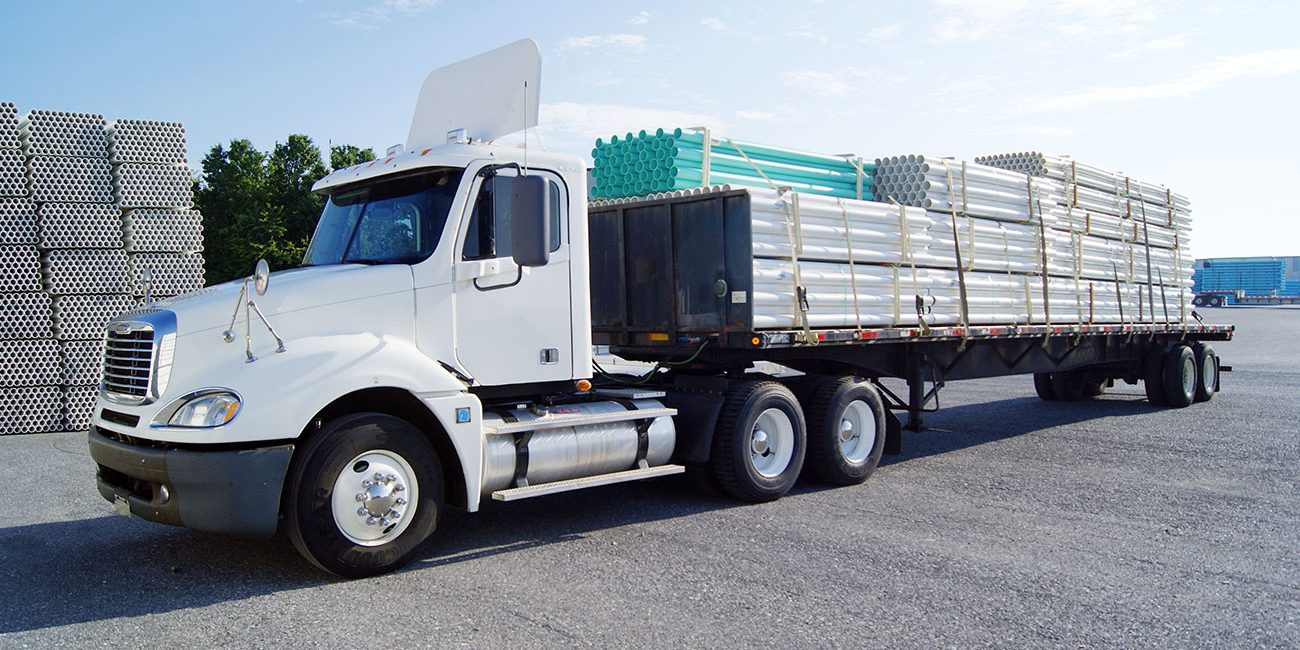The ongoing shortage of drivers in the trucking industry is beginning to have an impact on the way some companies do business with them. In the past, customers used reliability scorecards to reject some truckers and keep others waiting for hours. Well now, thanks to surging freight demand and a shortage of drivers, the tables have started to turn.
Now, companies such as Nestle SA are rushing to make drivers feel welcome. And shippers that hinder rigs from quick turnarounds or treat operators shabbily are paying a premium.
Rolls have reversed as now, carriers are starting to score shippers and receivers with money being used as the primary way of keeping score.
All this increased leverage that the trucking companies are now enjoying is applying added pressure to cargo costs as accelerating economic growth bolsters transportation demand and exacerbates driver scarcity.
According to Bloomberg Intelligence, first quarter trucking spot rates were up 27 percent from only a year earlier and freight expenses are crimping profits at companies from 3M Co. to General Mills Inc.
All this in the face of the growing shortage of truck drivers. The U.S. has about 280,000 fewer truck drivers than it needs, a shortfall that’s grown more than threefold from 78,000 about two years ago, according to estimates by FTR Transportation Intelligence.
All these shortages and added demands have increased pressures on some customers prompting them to go the extra mile to make sure they can get drivers when they need them, whether by sprucing up break areas or taking steps to speed truck turnaround. Nestle converted part of its Ontario, California, warehouse into a break room with restrooms, coffee, bottled water and a television.
At the present there seems to be no end in sight to the driver shortage issue. This will certainly make things nicer for drivers and trucking companies in the short term, but the driver shortage is serious and will need to be resolved soon.








